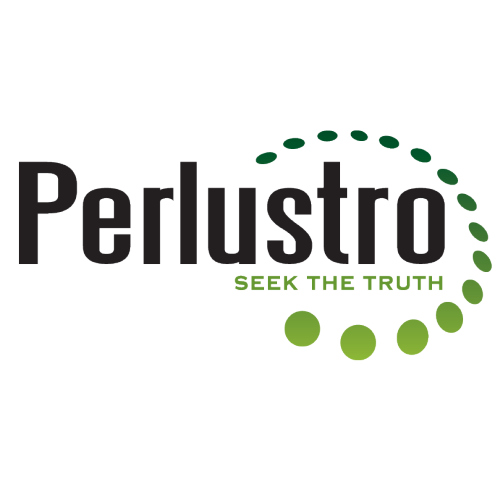Perlustro
For over a decade, Perlustro, L.P. has been the most widely distributed law enforcement, military, and intelligence agency multifunction computer forensic examination system in the world. By supporting larger agencies with hundreds of users and tens of thousands of other users, Perlustro has helped encourage and expand computer forensics technology to fight crime and secure the well being of people in more than 60 countries. From 2001 to 2008 Perlustro was supported financially by the U.S. Treasury Department under contracts to produce the ILook brand of tools. Early adopters and financial supporters of Perlustro’s products have also included over 90 Federal Government Agencies.
With significant technology development prior to its founding, Perlustro’s core applications evolved from Windows forensics tools, distributed only to national government agencies, down to small police departments across the globe. These tools were developed during the 1990s and released as ILook in 1995. In 1999, the first wide public release to national agencies took place and, since then, Perlustro has provided its core computer forensics software exclusively to intelligence, military and law enforcement agencies until 2009.
Perlustro now offers commercial versions of its tool sets and no longer limits sales to the government agencies that began its support. The forensics suite of tools consists of new technologies for ILookIX and IXImager in the Windows and Linux development branches. IXimager is widely considered the most advanced tool for forensic imaging in existence. These tools, now part of the current product matrix, have been utilized by thousands of government users in all 50 U.S. states, in more than 60 countries, and by more than 90 U.S. Federal agencies, for investigations involving terrorism, white collar crimes and child pornography.
Perlustro’s new patent-pending technology will allow the entire production of digital information management to be conducted in low cost access, low spectrum forms with no management by using distributed computing environments for the collection of data no matter where it resides.
For the first time ever, the stakeholders in the data, or either party to a discovery request, can transparently acquire specific information in a form that allows unparalleled speed, efficiency and precision at only a fraction of the costs associated with any other method.

